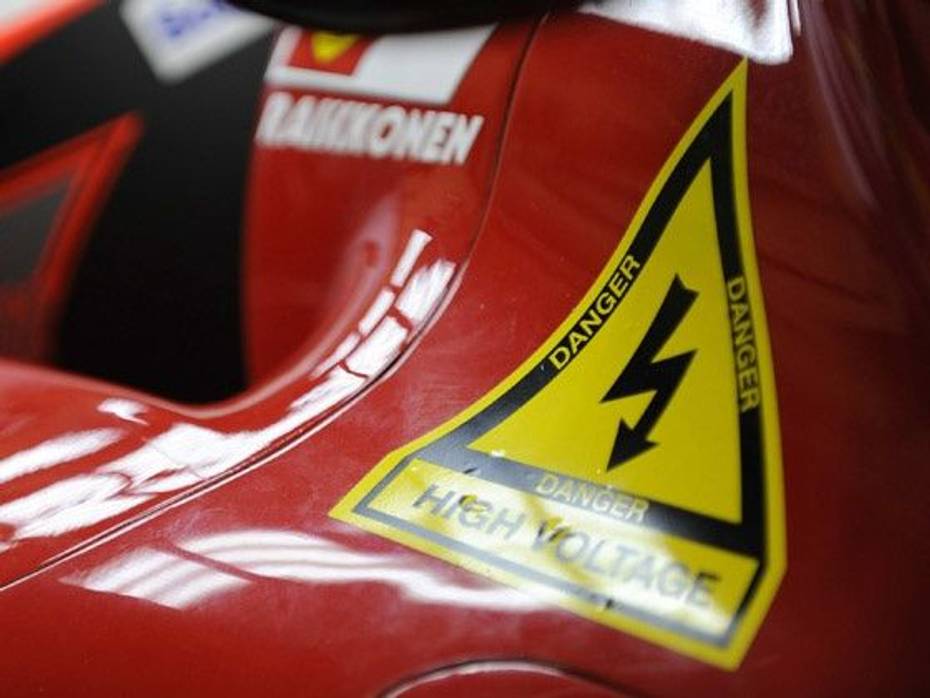
Auto Expo 2025 - All You Want To Know About The Hottest Auto Show!
- Jan 5, 2025
- Views : 6576

Two of the biggest highlights of the 2011 F1 season have to be the use of moveable rear wings and the reintroduction of KERS. While it may seem like a handful to comprehend for normal people (read as people other than tech-savvy nerds and engineering geeks), it actually isn’t all that complicate.
VIDEO:
Moveable Rear Wings

In for 2011 are rear wings that can be moved via controls at the driver’s disposal in the cockpit, much like in the case of an airplane pilot who can adjust the ailerons on the wing tip. In an F1 car, this will permit the driver to alter the wing’s incidence angle through a set degree to alter downforce and in turn aid in overtaking. The movement though is restricted not just in the degree of the movement angle, but also in the duration it can be used and that is the tricky bit to understand, especially since spectators won’t be able to physically make out any sort of movement by naked eye. Electronically controlled, the rear wing may be moved any time during practice and qualifying, but through the course of a race, the system is made available only when a driver is less than a second behind another car and at pre-determined points on the track.
Kinetic Energy Recovery System - KERS

Kinetic Energy Recovery Systems were the talk of the town for the 2009 season and while it proved hugely successful at first for some teams, it was quite a handful for most other who did opt to use the system. After the teams agreed to suspend use of KERS in 2010, the system has been reintroduced in 2011. KERS basically takes the waste energy developed under braking and stores it for use for limited bursts during a lap. Drivers can activate the system using a button on the steering wheel and use the extra power to overtake. All was well in 2009 when refueling was allowed, but with no refueling 2010 onwards, it has been a challenge for designers to accommodate the larger fuel tanks as well as the battery packs for KERS. As a relief though, the minimum weight has been relaxed by 20kg and is now at 640kg – all the more better for heavier drivers who want to use the system.
A combination of the moveable rear wings and KERS should make for some interesting overtaking in the 2011 season, but who better to explain how it all works than 2010 Formula 1 World Champion Sebastian Vettel. Check out the video for more!

Auto Expo 2025 - All You Want To Know About The Hottest Auto Show!

Mahindra BE 6 Launched: Price For The Top-spec Variant Is Out!

Volkswagen Golf GTI Set For India Launch In Mid 2025, Top 5 Things...

JSW MG Motor India Revealed Their New SUV, The MG Majestor At Auto...

Auto Expo 2025: Tata Sierra ICE Concept Breaks Cover, All Details...

VinFast VF3 vs MG Comet EV: A Detailed Comparison Of The Two Cute And...

Here’s A List Of All Cars That Will Be Coming To The Auto Expo...

2025 Tata Nexon Introduced With 3 New Variants And 2 New Colours

The Story Of Tata Sierra: An Icon India Missed And Now Eagerly Awaits
India's largest automotive community
 Kia Syros
Rs. 8.99 Lakh
Kia Syros
Rs. 8.99 Lakh
 Vayve Mobility Eva
Rs. 3.25 Lakh
Vayve Mobility Eva
Rs. 3.25 Lakh
 BMW X3
Rs. 75.80 Lakh
BMW X3
Rs. 75.80 Lakh
 Hyundai Creta Electric
Rs. 17.99 Lakh
Hyundai Creta Electric
Rs. 17.99 Lakh
 Lotus Emira
Rs. 3.22 Crore
Lotus Emira
Rs. 3.22 Crore